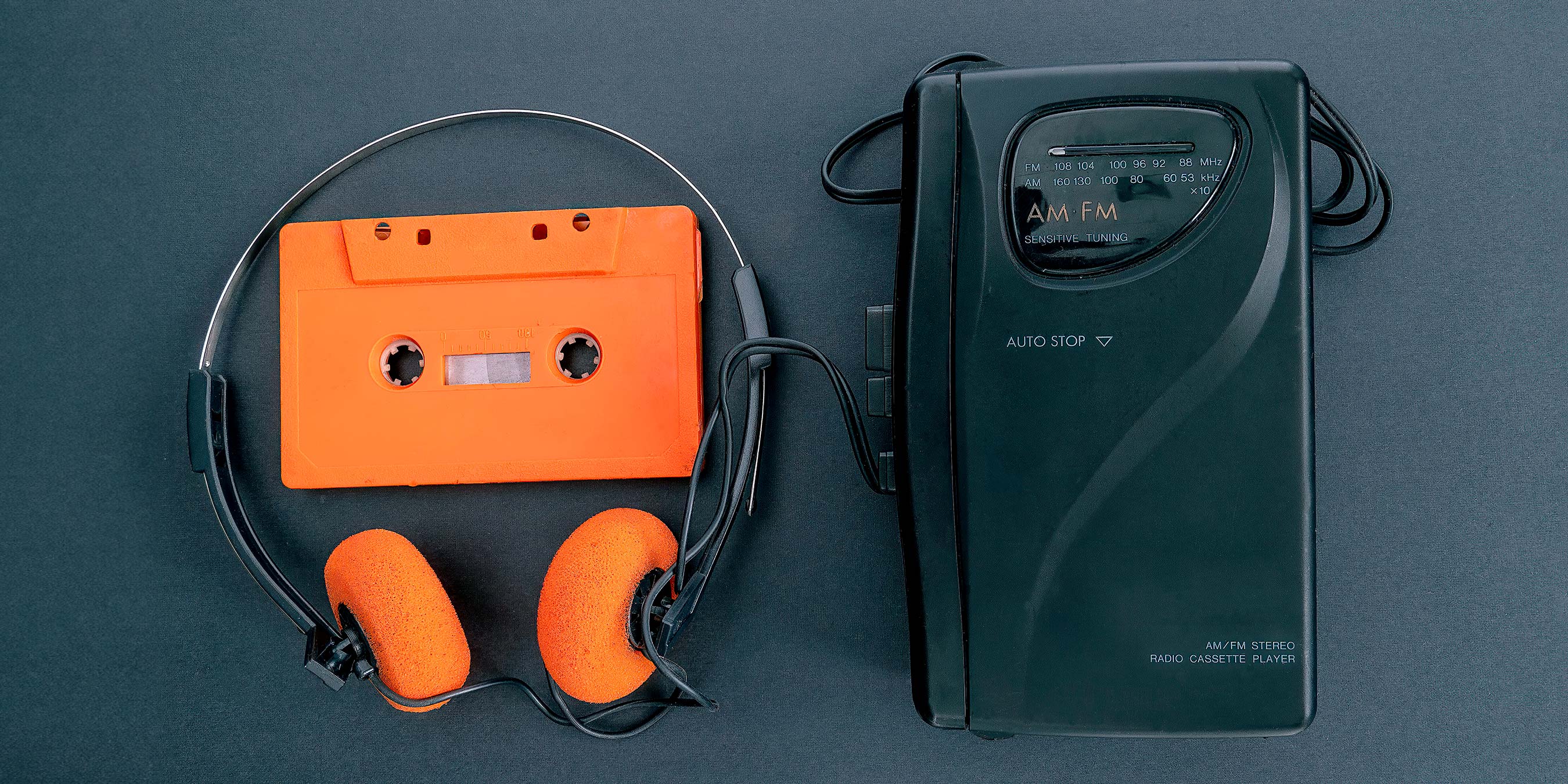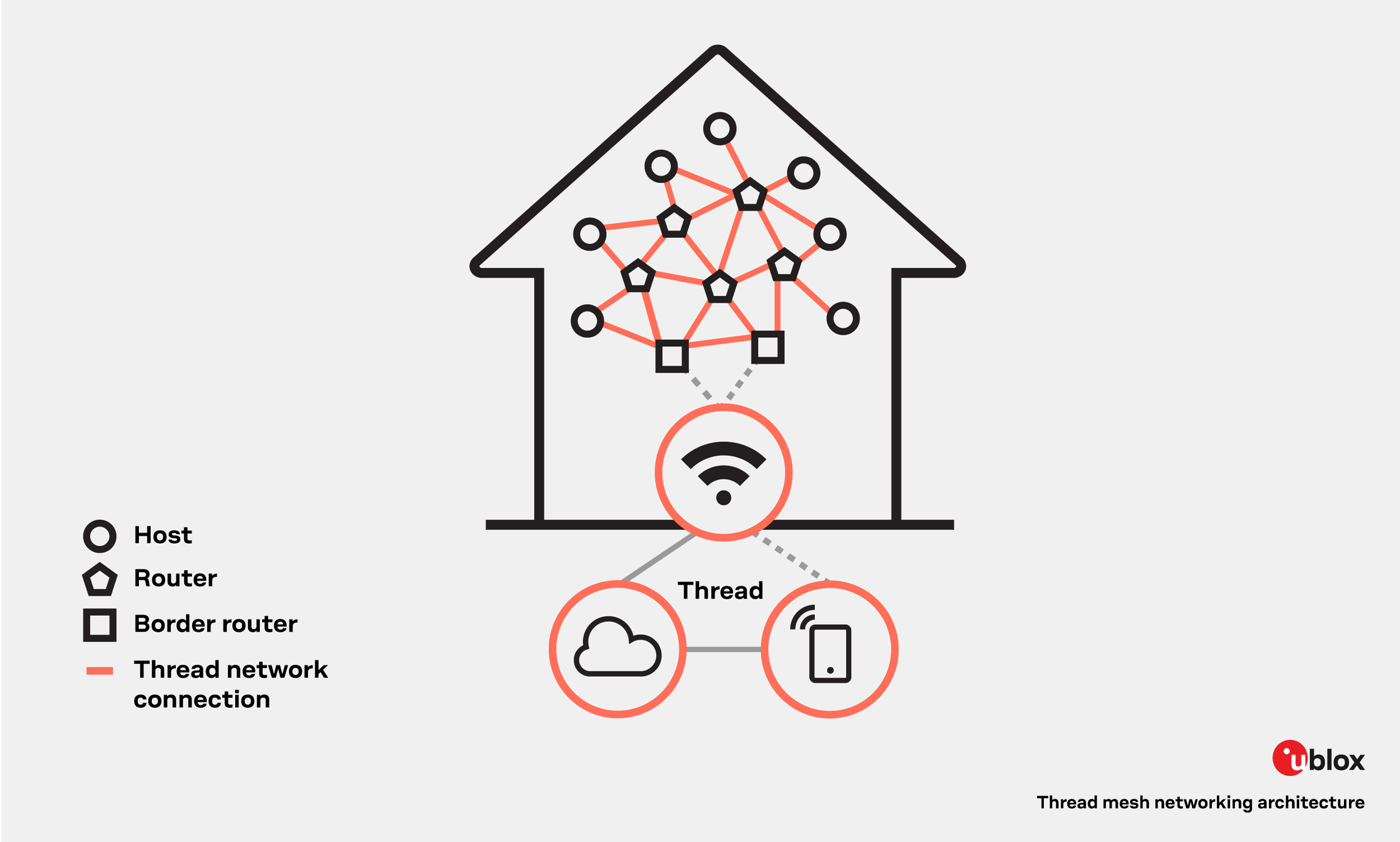
- Support portal
- Evaluation Kits and partner products
u-blox Support
- Product documentation
Documentation
- Investor relations
Investor relations
Insights
|
28 Jun 2024
The roots of short-range wireless communication

You arrive at your smart home after a long day. The phone automatically connects to the local network and the temperature inside is perfect, neither too cold nor too hot. As you settle into your favorite couch and plug in your headphones, ready to enjoy a good song, a family member asks you to connect your devices to share some files. While waiting, you are drawn to an old radio that once belonged to your grandmother. For a moment, everything vanishes, and you catch a glimpse into the past, imagining a distant decade when none of these short-range wireless technologies existed.
The mentioned activities require the transmission of data via radio waves traveling through the air at the speed of light. Although we cannot observe them, radio waves carry information between transmitters and receivers at different frequencies and distances. As a fundamental and ubiquitous information carrier, short-range wireless technology is now part of our daily lives. For this to happen, many scientific and technological developments had to come first.
The electric telegraph was the first step – a revolutionary development that took shape in the first decades of the 19th century. Then, in the 1880s, Heinrich Hertz demonstrated the existence of electromagnetic waves (including radio waves), proving the possibility of transmitting and receiving electrical waves through the air. Building on Hertz’s work, Guillermo Marconi succeeded in sending a wireless message in 1895.
At the turn of the century, the application of radio waves for communication was a significant innovation. Thanks to the discovery of the radio and the development of transmitters and receivers, by the 1920s, it was possible to send messages, broadcast media, and listen to human voices and music remotely.
Radios penetrated millions of homes within just a few decades. While audio transmissions opened a new chapter in communications, visual broadcasting became the next challenge. Television quickly emerged as the next widely available communication technology.
The common denominator of these early communications and broadcasting tools was the use of high-power transmitters and radio frequency channels in the lower part of the spectrum. At the time, they were defined as long, medium, and short waves. But since the 1960s, using the specific frequency band or channel for each communication link has been more common than referring to the wavelength.
For decades, these developments focused on perfecting broadcast technologies, exploring the scope of long range communication, and reaching ever farther away places. The story didn’t stop there, though. Scientists and engineers went several steps further and began experimenting with cellular technology for mobile applications in the licensed spectrum and short range radio and wireless technologies in the license-free spectrum, opening up new personal and data communications possibilities.
The history of short range and cellular radio technology is rich. For this reason, we will focus on the former for now, while a future blog will cover the latter.
When we talk about short-range wireless technologies, we refer to technologies that can communicate between devices within a range up to typically 10-30 m. Bluetooth and Wi-Fi are the most common short-range technologies. This communication is made possible by short-range wireless chips and modules embedded in smartphones and many other devices, enabling them to connect and communicate with others nearby.
Once the long-range transmission infrastructure and broadcast systems were in place, a sudden interest in short-range communications occurred about forty years ago. The expansion of the radio spectrum frequencies by the U.S. Federal Communications Commission allowed civilian devices to transmit at 900 MHz, 2.4 GHz, and 5.8 GHz. With the development of various communication technologies, the short-range wireless technology era was about to commence.
We are all familiar with this term, and today, the first thing we do when we arrive at a new place, be it a friend’s house, a restaurant, or a train station, is to request the Wi-Fi password. Once your phone is ‘in,’ high-speed data transfer via radio waves begins.
What were you up to in the 1980s? While many of us were immersed in 80s culture, including fashion, music, and movies, technology companies were busy building the infrastructure for wireless local area networks (WLANs). Relying on this infrastructure, manufacturers began producing tons of devices. Soon, the incompatibility between devices from different brands led to an uncertain period that yearned for a common wireless standard.
This period came to an end with an agreement in 1997. The Institute of Electrical and Electronics Engineers released the common 802.11 standard, uniting some of the largest companies in the industry and paving the way for the Wireless Ethernet Compatibility Alliance (WECA). With the 802.11 standard, the technology soon to be known as Wi-Fi was born.
In 2000, the Wi-Fi Alliance organization continued promoting the new wireless networking technology, popularizing the term Wi-Fi (Wireless Fidelity). In the years that followed, Alliance members devoted much effort to secure applications, use cases, and interoperability for Wi-Fi products.

An iconic piece of technology from the 80s was the Walkman. It was everywhere and everyone loved it. Mixing your tapes to listen to music for at least an hour was like creating your favorite lists on Spotify.
Invented in the late 1970s, the Walkman was so revolutionary that it remained on the market for about 40 years, with sales peaking in the first two decades.
While highly innovative, this technology had one major drawback: the cord. When you exercised or engaged in any activity that required movement, you would inevitably get stuck or tangled in the objects around you.

The idea for Bluetooth technology originated from a patent issued in 1989 by Johan Ullman, a Swedish physician born in 1953. He obtained this patent while researching analog cordless headsets for mobile phones, possibly inspired by the inconvenience of tangled wires while using a Walkman. His work was the seed that laid the foundation for wireless headsets.
One of Ericsson’s most ambitious endeavors in the 1990s was materializing Ullman’s idea. Building upon his patent and another one from 1992, Nils Rydbeck, then CTO of Ericsson Mobile, commissioned a team of engineers led by Sven Mattisson to develop what we know today as Bluetooth technology. The innovation is captured as a modern runestone replica erected by Ericsson in Lund in 1999 in memory of Harald Bluetooth.

Although not defined as a short-range technology, this networking protocol is a newer tool for smart home and Internet of Things (IoT) applications. It is highly advantageous because it can provide reliable, low-power, and secure connectivity.
Thread’s origins date back to 2013, when a team at Nest Labs set out to develop a new networking protocol for smart home devices. The company had previously created an earlier version called Nest Weave. Much like the early days of Wi-Fi, this version showed a significant shortcoming: a lack of interoperability between devices from different manufacturers.
With the advent of IoT devices, the need for a specific networking protocol became evident. In 2015, the Thread Group – initially consisting of seven companies, including Samsung, and later joined by Google and Apple ‒ released the Thread Specification 1.0.
This specification defined the details of the networking protocol designed for IoT devices. Critical for manufacturers, this protocol enables the development of secure and reliable Thread-compatible devices and facilitates communication between smart devices in home environments.
This networking protocol is unique because of its mesh networking architecture, a key differentiator. The architecture enables multiple devices, or nodes, to form a sectioned mesh network in which each device can communicate with the other members of the set. A mesh topology makes communication efficient and reliable, even when specific nodes fail or are unavailable.

Thread technology has gained traction and support over the past decade, particularly among companies developing solutions for the smart home and IoT ecosystem. Device manufacturers, semiconductor companies, software developers, and service providers all recognize the relevance of this protocol for building connected and interoperable smart home systems.
The amount of data transmitted over the air has never been as extreme as today. Signal transmission between electronic devices has increased exponentially. Both long- and short-range waves enable transmission and communication to, from, and between devices to join networks for accessing the Internet, for instance. Now, a myriad of radio waves surrounds us.
Over the past 34 years, each of these short-range technologies (comprising the protocol) has contributed to the advancement of connectivity in various industries, including automotive, industrial automation, and many others. Until recent years, they have done so independently.
Today, the challenge for manufacturers and other stakeholders is choosing the most appropriate technology for each application, such as Bluetooth or Thread. They have also realized that combining these technologies can further advance the possibilities of IoT connectivity.
Next time you connect your smartphone to your wireless headphones, ask for the network password at a coffee shop, or communicate with colleagues on a Thread network, take a moment to remember the steps needed to live in such a connected world.
Peter Karlsson
Senior Director of Technology, Short Range Radio, u-blox